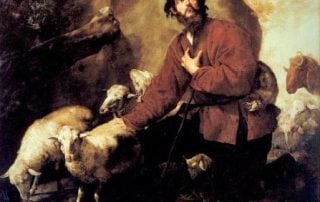Fractal Patterns in the Torah
In the Torah portion Emor (Leviticus 21:1–24:23), we are instructed to abstain from work every seventh day on Shabbat. Next week’s Torah portion, Behar, continues this theme and instructs us to abstain from agricultural work every seventh Sabbatical year, Shmita. And the Torah doesn’t stop there. It instructs us to count seven Shmitas and then observe a Jubilee, Yovel. Do you notice a pattern? Every seven days, every seven years, every seven Shmitas… Furthermore, the Midrash states the world will exist for seven thousand years with the seventh millennium being a thousand years of the kingdom of Mashiach (Messiah)—yom shekuloy Shabbat—one long Shabbat. A second-century sage, Rabbi Huniah ben HaKanah, interprets this Midrash to mean that the world will last seven Cosmic Shmitas, i.e., 49 thousand years (which, according to a prominent 13th–14th [...]

